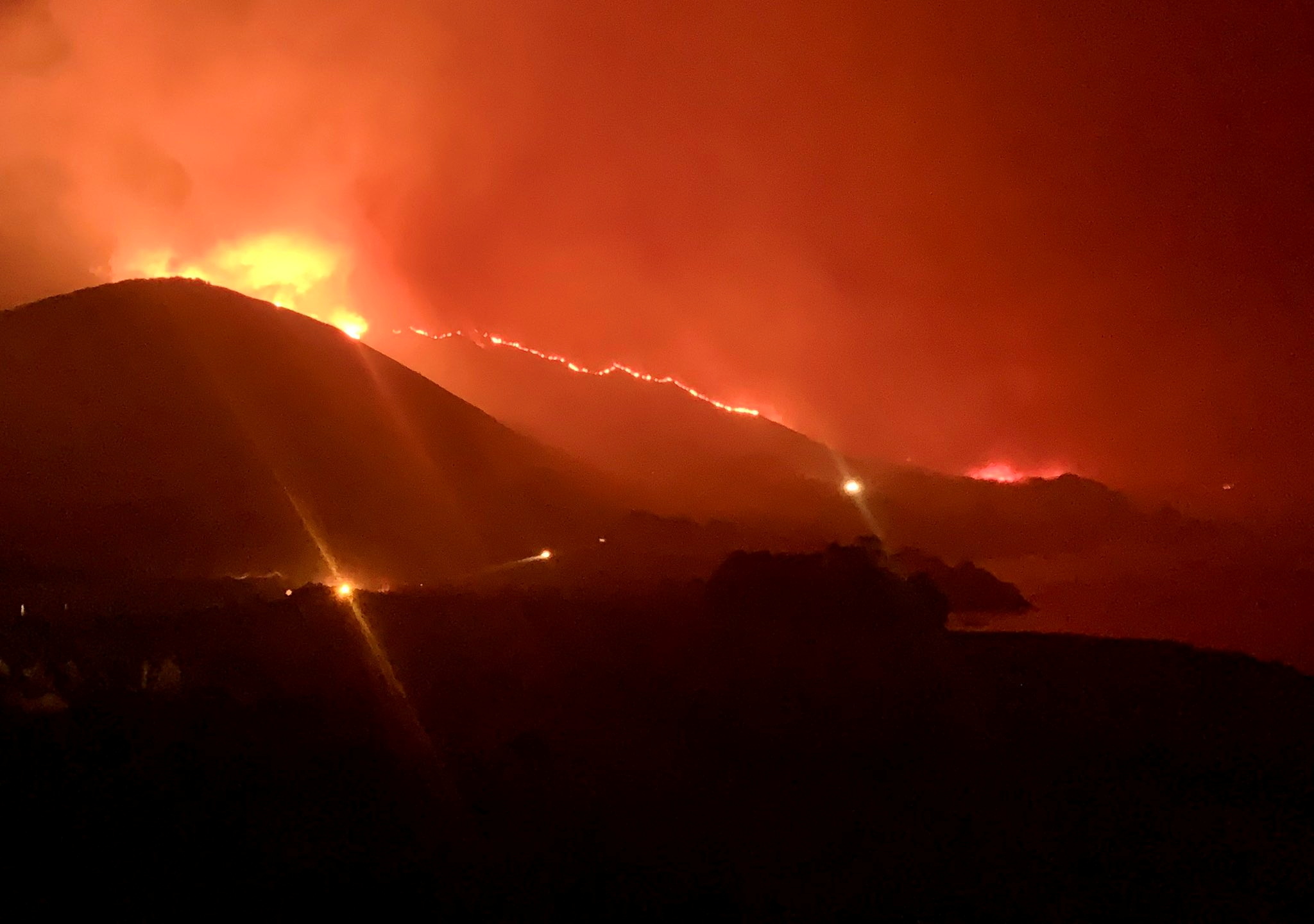
Overview
California is once again facing the wrath of wildfires as a relentless inferno rages through multiple counties, forcing thousands of residents to flee their homes. The situation has been exacerbated by the eruption of a new blaze, adding to the devastation and challenging firefighters’ efforts. This trending news examines the complexities of this ongoing crisis, exploring different perspectives, providing data points, and analyzing the broader implications.
The current wildfire inferno in California is a complex event caused by a combination of factors, including extreme drought conditions, high temperatures, and strong winds. Multiple wildfires have merged, creating a massive front that is rapidly spreading across multiple counties. The situation has worsened in recent days as a new blaze, dubbed the “Monument Fire,” has erupted in Trinity County. The Monument Fire has already burned thousands of acres and is threatening several communities.
The wildfires have forced tens of thousands of residents to evacuate their homes, leaving behind belongings and livelihoods. Evacuation orders have been issued for entire communities, including parts of Shasta, Trinity, and Tehama counties. Firefighters are facing immense challenges in containing the blazes due to the unpredictable nature of the fires, strong winds, and rugged terrain. The wildfires have resulted in the destruction of homes, businesses, and infrastructure, causing significant economic losses.
Experts are expressing growing concerns about the link between climate change and the increasing frequency and severity of wildfires in California. Rising global temperatures have led to drier conditions, making forests more susceptible to fires. Climate change has also contributed to stronger winds, which can fan the flames and make firefighting efforts more difficult. Research conducted at the University of California, Davis, found that climate change has doubled the number of acres burned by wildfires in California since the 1970s.
Firefighters from various agencies are working tirelessly to contain the wildfires, but face a number of challenges. The erratic nature of the fires, coupled with strong winds, makes it difficult to predict their behavior. The rugged terrain and remote locations of some of the fires also hamper firefighting efforts. Additionally, smoke from the wildfires can pose health hazards to firefighters and make it difficult to operate aircraft.
In the face of such devastating wildfires, the resilience of local communities is commendable. Neighbors are coming together to support each other, providing shelter, food, and assistance to those who have lost everything. Volunteer organizations and non-profits are also playing a crucial role in providing aid and support to the affected communities.
The California state government and federal agencies are coordinating efforts to respond to the wildfires. Governor Gavin Newsom has declared a state of emergency, mobilizing state resources to assist with firefighting and evacuation efforts. The Federal Emergency Management Agency (FEMA) has also deployed teams to provide support and assist with recovery efforts.
The California wildfire inferno is a stark reminder of the devastating impact of wildfires and the urgency of addressing climate change. The complex interplay of environmental factors, human activities, and government response requires a nuanced approach to wildfire management. As the wildfire season continues, it is essential to support the communities affected, commend the bravery of firefighters, and engage in thoughtful discussions to find long-term solutions to this ongoing crisis.

